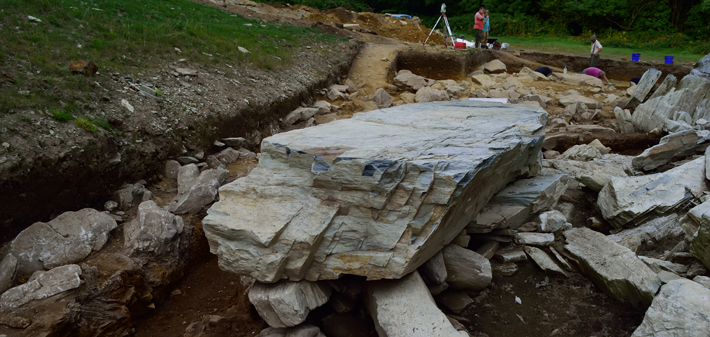Quarrying Stonehenge
March/April 2016

A team of archaeologists and geologists excavating two ancient quarries in the Presili Hills of west Wales has confirmed that these sites are the sources of the 43 “bluestones” erected at Stonehenge. Weighing on average between one and two tons, these igneous and volcanic rocks were transported to Stonehenge sometime around 3000 B.C. But radiocarbon dating of charcoal discovered at quarry-related camps shows that Neolithic workers were active at the two sites some 300 to 500 years before the earliest installation of bluestones at Stonehenge. This suggests that the megaliths may have been quarried and erected in the immediate area long before they were transported to Stonehenge. “We suspect that there is a dismantled stone circle monument somewhere in the area between the quarries,” says University College London archaeologist Mike Parker Pearson, who led the team. “We expect to find it and excavate it in 2016.”